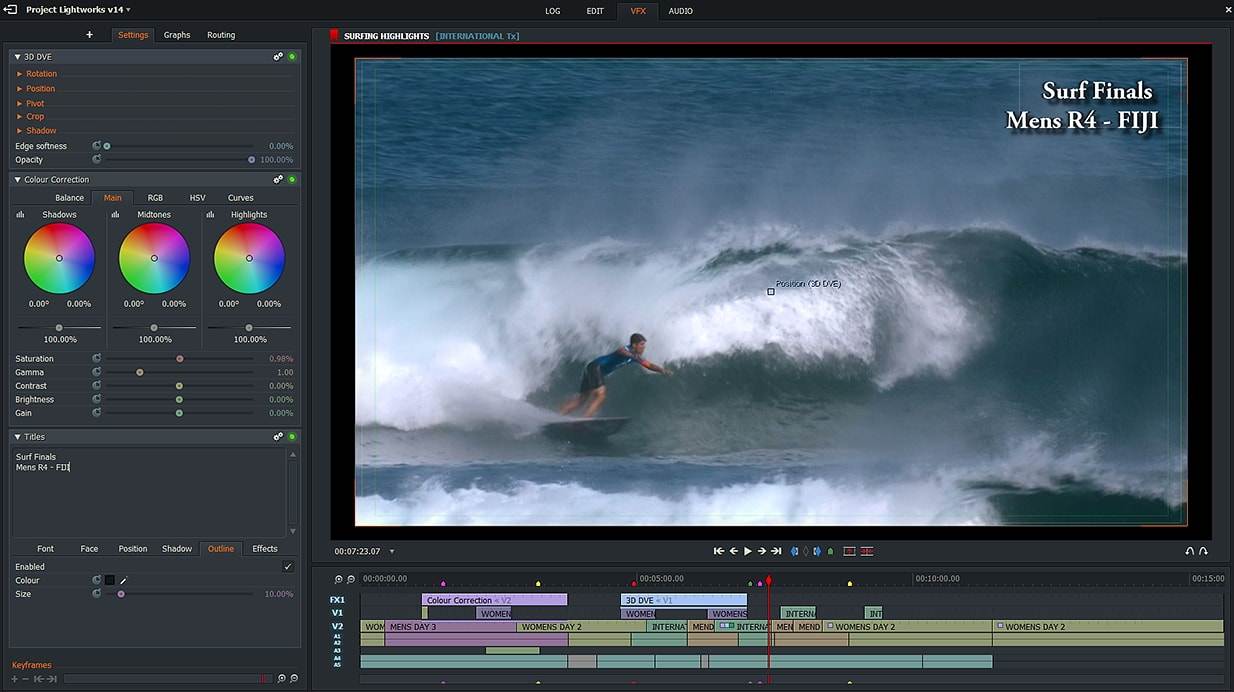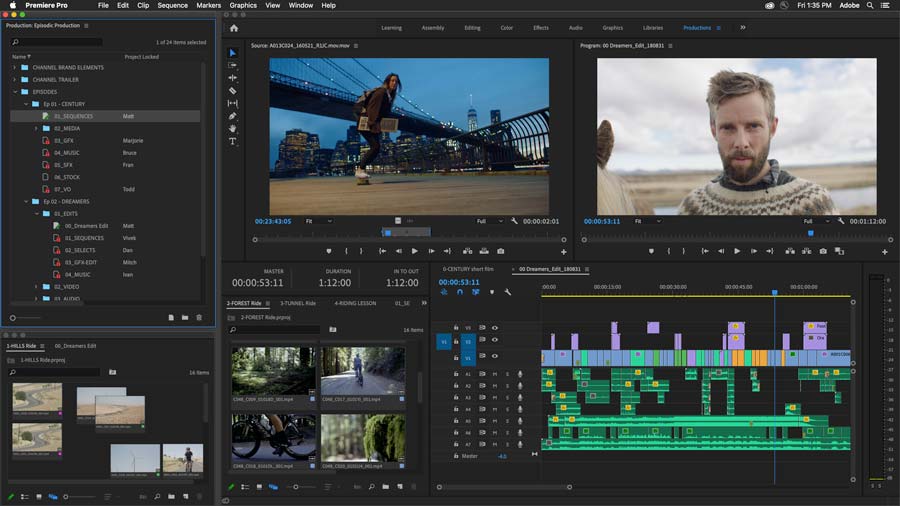

If you want to run any applications or software that is designed for use on X86 chips (Intel and/or AMD ones), the Surface X Pro will struggle. In order to give you a better idea of how this machine fits in with the hundreds of other devices vying for your attention, let’s take a look at the good, the bad, and the unknown elements of the Surface Pro X in more detail.Īnd we might as well start with the bad… Microsoft Surface Pro X Review – “The Bad” Stuff If you want to run things like Photoshop and video editing software, the Surface Pro X is not a good option. And I still don’t really have an answer because, as always: it all really hinges on what you want to do with the device.

This is the question I’ve been asking myself as I tested out both the Surface Pro 7 and the Surface Pro X. Why would anyone do this? Surely, you’d be better off with the Surface Pro 7, a device that runs Intel chips and works just like a standard laptop (but can also do all the same tablet stuff that the Surface Pro X can do). Or, for the same money (maybe even a little more), you could get Microsoft’s Surface Pro X – a sort of hybrid, tablet/laptop device that runs on ARM chips and cannot run legacy X86 software.

It has a rich ecosystem, the best in its class, a powerful ARM chipset, it works with a stylus ( Apple Pencil), and it now has trackpad and mouse support, thanks to iOS 14. If you were going to drop $1000/£1000 on a tablet (OK, hybrid) device that didn’t run on X86 chip architecture most, I think, would be looking at the iPad Pro. But not like Windows RT – this is different, apparently… Microsoft’s Surface Pro X is thin, great looking, and it costs an arm and leg.


 0 kommentar(er)
0 kommentar(er)
